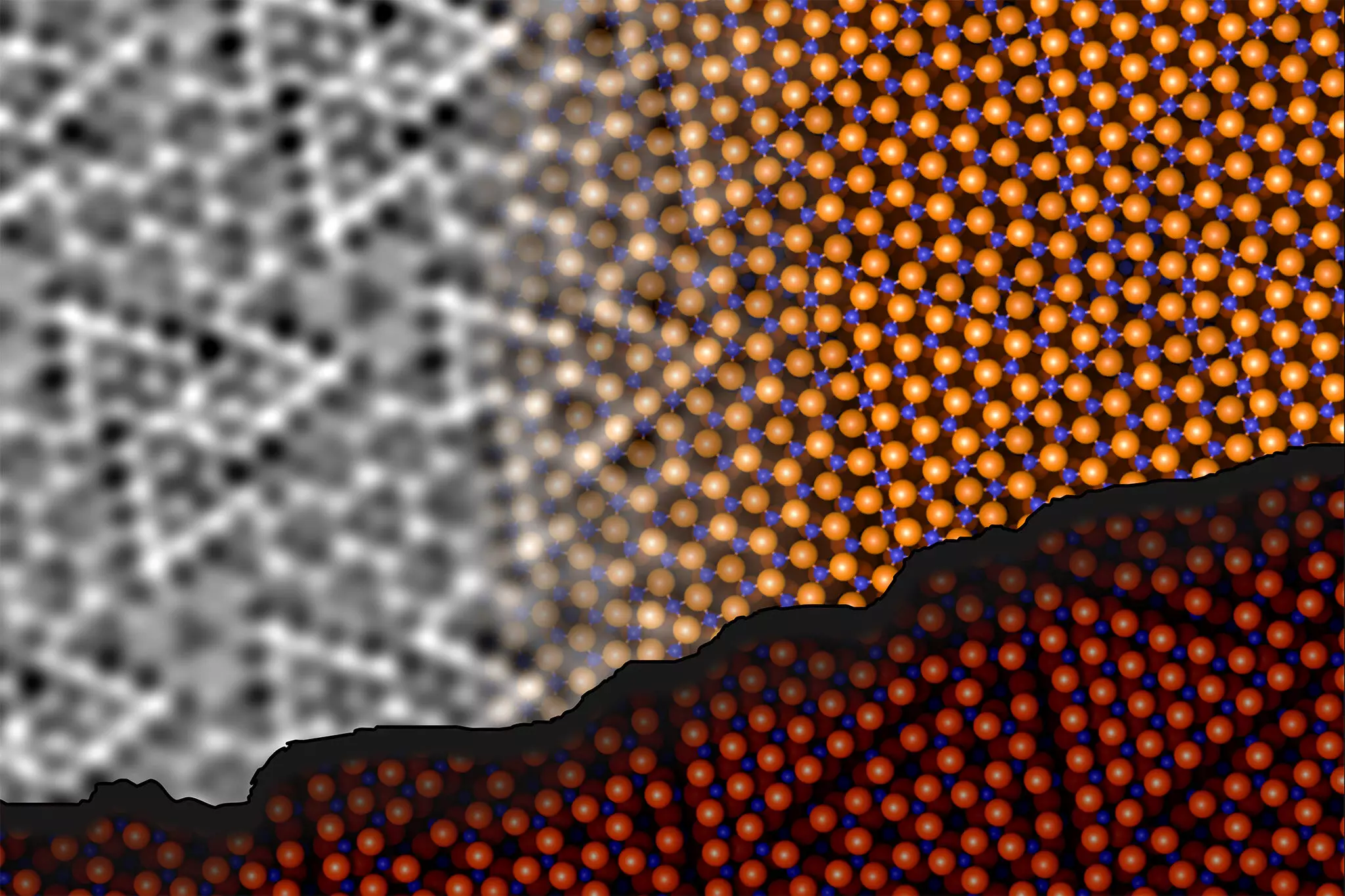Aluminum oxide, commonly referred to as alumina, has numerous applications extending from electronics to materials science. While its utility in chemical resistance and as an insulator is well known, the intricacies of its surface structure have remained largely elusive. The recent findings from a research team at TU Wien and the University of Vienna reveal significant advancements in our understanding of aluminum oxide’s surface, which may transform various scientific fields, including catalysis and nanotechnology.
The ability of aluminum oxide to function effectively in various applications like electronic components and as a catalyst support hinges on its surface atomic arrangement. Unlike the uniform structure of atoms within the bulk material, the surface atoms present a heterogeneous landscape that is crucial in determining the material’s chemical behavior. For over fifty years, the precise structure of alumina’s surface remained undetermined, hindering progress in understanding its catalytic properties. This gap made it one of the “three mysteries of surface science,” as noted in a 1997 listing, primarily due to aluminum oxide’s exceptional insulative properties that complicated experimental approaches.
In a commendable effort to untangle this longstanding puzzle, the research led by Jan Balajka and Ulrike Diebold employed noncontact atomic force microscopy (ncAFM). This advanced technique equips researchers with the ability to visualize surfaces at the atomic level by utilizing a finely tuned probe, which hovers above the material without making contact. Johanna Hütner’s experiments demonstrated the effectiveness of ncAFM, as it allowed for imaging the surface structure with remarkable precision. However, one of the limitations encountered in surface characterization is the inability to ascertain chemical identities solely through imaging.
To overcome this, the researchers ingeniously modified the tip of the microscopy probe by attaching a single oxygen atom. This change proved vital, as the oxygen atom showcased specific interaction patterns, revealing its repulsion from other oxygen atoms and attraction to aluminum atoms on the surface. Such nuanced interactions offered insights into the chemical identity of each atom on the surface, thereby enhancing the resolution of the results.
One of the seminal findings of this research is the revelation that aluminum atoms at the surface infiltrate the underlying layers to form bonds with oxygen atoms deep within the structure. This structural rearrangement indicates a dynamic interplay between the surface and subsurface layers, ultimately leading to a stability that was previously unrecognized in aluminum oxide. Contrary to longstanding beliefs, the team confirmed that the overall ratio of aluminum to oxygen remains consistent, a crucial detail for further applications in material science.
The complexities of this atomic arrangement necessitated an innovative approach to modeling, which led to the utilization of machine learning algorithms alongside conventional computational techniques. Andrea Conti, who played an integral role in computational modeling, emphasized the challenge of correlating the surface structure with the bulk material, resulting in a comprehensive three-dimensional representation.
The implications of this research are extensive. Not only does it shed light on the long-hidden mysteries of aluminum oxide, but it also establishes foundational principles applicable across various material classes. The collaborative effort between experimental and computational modalities points toward a significant evolution in materials research.
With this novel understanding, future advancements in catalysis, material engineering, and electronic components could witness transformative modifications. Such discoveries pave the way for innovative applications and enhancements in performance, potentially leading to a new array of technologies grounded in these materials. As the researchers put it, the unraveling of aluminum oxide’s structural secrets not only addresses a historical gap in our knowledge but also sets the stage for exciting new frontiers in science and engineering.
The cooperative exploration of aluminum oxide’s surface structure embodies the essence of scientific inquiry—one that embraces both past enigmas and future possibilities. With continued research bolstered by such innovative methodologies, the future of materials science looks promisingly bright.


Leave a Reply